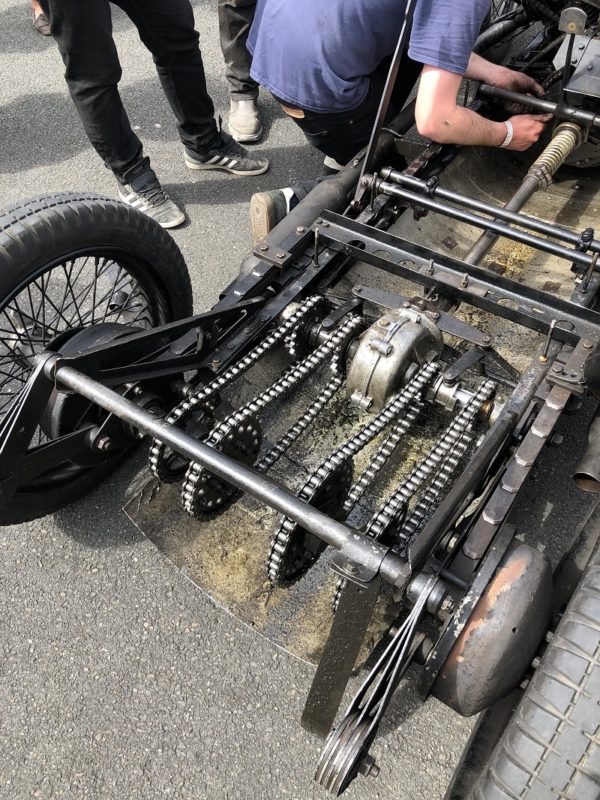
Welcome to Part Two of our report on Vintage Revival Montlhéry, held on 7 and 8 May.
In Part One we looked at the voiturettes: lightweight but pretty conventional sports and racing cars. Now we’ll look at the the eclectic mix of crazy (definitely) cyclecars, slightly more sober 3-wheelers and top-notch Chain Gang GNs and Frazer Nashes.
As in Part One, we’ll give you a mix of pictures of the cars, stuff we know about them and stories we heard on the day. We hope you enjoy Part Two: Chains and Belts…
Villard
This French company was a relative late-comer to the cyclecar boom that followed the First World War. This example probably dates from soon after 1925 when the company was founded. Unusually, the front wheel provides the drive (from a single-cylinder 345cc two-stroke engine) and the steering. Many of these three-wheelers were fitted with bodies for use as delivery vans – as with this one.
The practical ‘open van’ body and clear view of the exhaust from the front engine
A fancy badge for a basic cyclecar
Prototype Leyat Hélica, 1921
Zero-wheel drive! Marcel Leyat established his company in 1919 in Paris and named his first model Hélica, also known as ‘The plane without wings’. The car was steered by the rear wheels and powered by an 8bhp Scorpion engine. The body was made of plywood and weighed just 250kg; this made it dangerously fast. In 1927, A Hélica reached the speed of 106 mph at this very circuit. Between 1919 and 1925, Leyat managed to sell 30 vehicles.
1933 Darmont Étoile de France
Robert Darmont started his business as an importer of Maorgan three-wheelers into France. In 1921 he and his brother André obtained a licence to manufacture Morgans; the Darmont-Morgan was the result. the Darmont Spécial was produced from 1926, fitted with a water-cooled version of the 1100cc JAP V-twin and a claimed top speed of 93 mph. There were only two forward speeds and no reverse, but in 1933 the cars were improved by the offer of a three-speed gearbox with reverse gear at an additional 1,000 Francs. In that same year Darmont introduced the slightly cheaper and less powerful Étoile de France model with an air-cooled engine. This example is one of those.
Three Bédélias
The Bourbeau et Devaux Co. of of Paris built these wonderful contraptions in Paris from 1910 to 1925 to a design by Robert Bourbeau. The one nearest the camera here is almost certainly from 1912. Occupants sit in tandem with the driver behind the passenger. Drive is by a long belt which can be moved between pulleys to give two speeds. The front axle has a centre pivot with suspension by a single mid-mounted coil spring and the steering is by a cable and bobbin. To change gear, the driver at the rear operates a lever which slackens the belt by moving the rear axle forwards and then the passenger has to move the belt between pulleys by means of a separate lever. This must have caused severe problems in the absence of a passenger, and later versions allowed the driver to do both movements.
Spider
Basil Davenport’s famous GN Spider was here, driven by its current owner Jim Edwards. The nose was missing during last-minute fettling, but was safely stored by the fence.
Don’t fret: here’s the nose.
Sandford
Sandford cyclecars were built in Paris between 1922 and 1939. Malcolm Stuart Sandford was a British motorcycle racer from the 1910s. He originally sold Morgan 3-wheelers, before deciding to make his own 3-wheelers with an ambition to improve the quality of production. He always used Ruby engines, and from 1924 introduced front-wheel brakes, which did not appear on Morgans until 1931. This example must therefore date from after 1924, and the programme refers to two Sandfords, from 1927 and 1928.
1930 Frazer Nash Sportop
The Frazer Nash Interceptor/Sportop/Falcon was built from 1930 to 1932 with a Meadows rather than the more usual Anzani powerplant. The Sportop was distinguished by its fabric body, seen on this example. Only 25 cars were built across all three models, so this is rare indeed.
Pioneer
This car is not French but American: it is a Pioneer, manufactured for only one year, 1914 (some sources claim 1912), by the American Manufacturing Co. of Chicago. It is powered by a 9hp air-cooled V-twin with friction transmission and belt drive. The two seats are staggered and in this case the passenger sits behind the driver.
Look out on this website for Part Three: the motorcycles. Montlhéry boasted a tremendous range from the spindly to the exotic, from many countries.
See you soon!







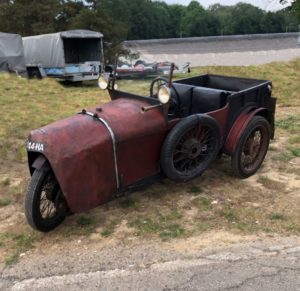
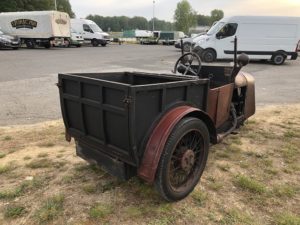
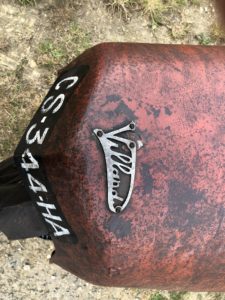
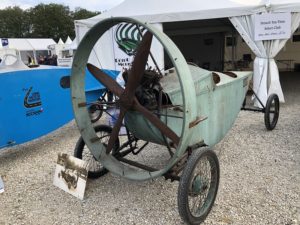
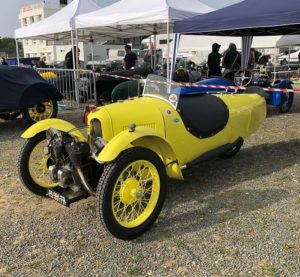
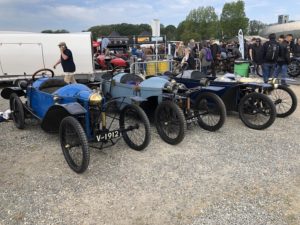
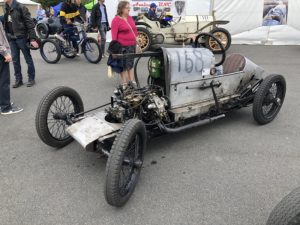
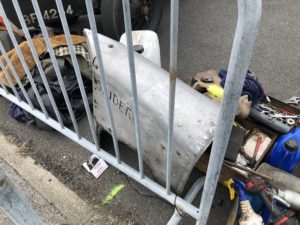
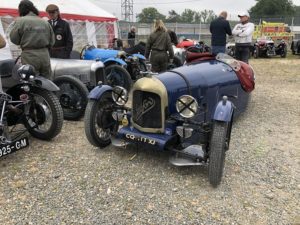
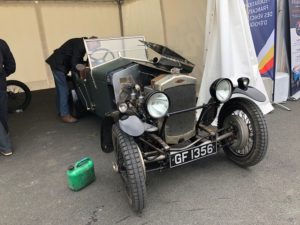
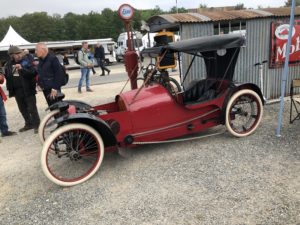
Leave a Comment